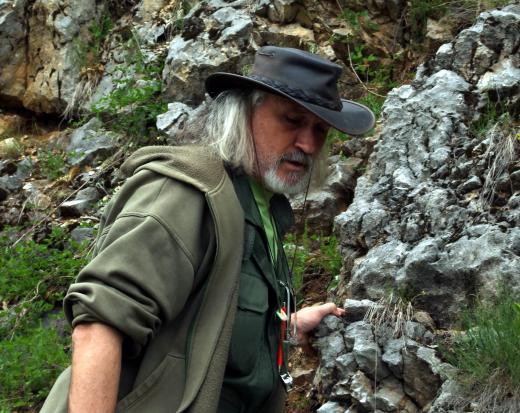Reservoir simulation is a method of modeling the flow of liquids through porous materials, and is widely used in the petroleum industry for predicting the behavior of large oil and gas fields as they are exploited. By creating a computer model of an underground reservoir, petroleum engineers are able to design wells with the future movements of oil and gas in mind. This can be used to determine the number and location of wells used to extract material from a reservoir, and to predict which methods of advanced extraction will be needed to fully exploit the reservoir in the most economical fashion.
The data for reservoir simulation is obtained by geologists in the field using test drilling, sonar and radar imaging, and historical production data from similar sites. The reservoir is divided into cubic sectors, and data for the porosity, material, pressure, and petroleum content of each sector is calculated. The resolution of a model varies depending on the size of these sectors, with smaller sectors providing more exact results but requiring more preliminary investigation and calculation time. Due to the time and cost associated with developing a useful reservoir simulation, the method is generally reserved for newly exploited and potentially lucrative fields.

The primary focus of reservoir simulation is to create a map of porous and nonporous areas in a reservoir, as well as existing levels of liquids. By applying a handful of physical variables to the map, a model may be made to show the flow patterns of liquids under specific conditions. They are commonly used to predict how extracting various amounts of petroleum from a reservoir will affect the levels and pressures of remaining petroleum in it. This can allow engineers to predict where to drill wells to maximize production over the lifetime of the field, and plan for the implementation of enhanced extraction techniques before they are required.
The field of reservoir simulation has steadily grown in popularity since its introduction in the late 1970s. Reservoir models have become less expensive and more useful over the same period, due largely to the increased power of computers, the accumulation of more extensive historical data for simulation programs, and improved methods for field data collection and computer simulation. Reservoir simulation is used to model the application of advanced techniques, such as hydraulic fracking and thermal stimulation. Computer modeling has also grown more attractive as oil exploration has expanded into areas requiring more expensive and complex drilling methods.
